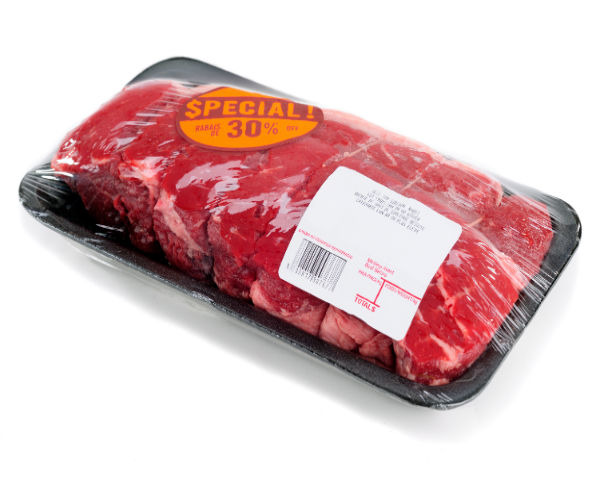Meat Labels Need A Makeover, Says USDA
According to the U.S. Department of Agriculture (USDA), the question to ask is no longer, "Where is the beef?" but "Where is the beef from?"
In a recent ruling, the USDA approved a proposal requiring meat labels to advertise origin information with respect to animals. In addition to beef, the regulation will apply to veal, lamb, chicken, goat, and pork muscle cuts (i.e., not ground meat). Consequently, labels will be mandated to advertise where the animal was born, raised, and slaughtered.
Today, meat labels are notorious for their misleading terminology. From "free range" to "organic," package vocabulary often works for commercial companies and against consumers, as the ideals that these terms imply may not necessarily be true according to the USDA-approved definitions. "Free range chicken," for instance, does not mean that the birds can frolic wherever they please. Instead, they must have access to an outside environment, but still can be kept in overcrowded conditions.
The new USDA ruling leaves little room for such misinterpretation. By requiring labels to advertise more specific, concrete information for consumers, the labels will allow for more knowledgeable purchases. From a home cook's point-of-view, this certainly seems like an improvement. However, not all see the recent regulation as positive. The National Grocers Association, for example, deemed the decision "costly and crazy," noting the burden of creating new labels.
Simpler labeling such as 'Made in the USA' may be sufficient enough for a product like clothing, but it won't cut it for the meat anymore.
